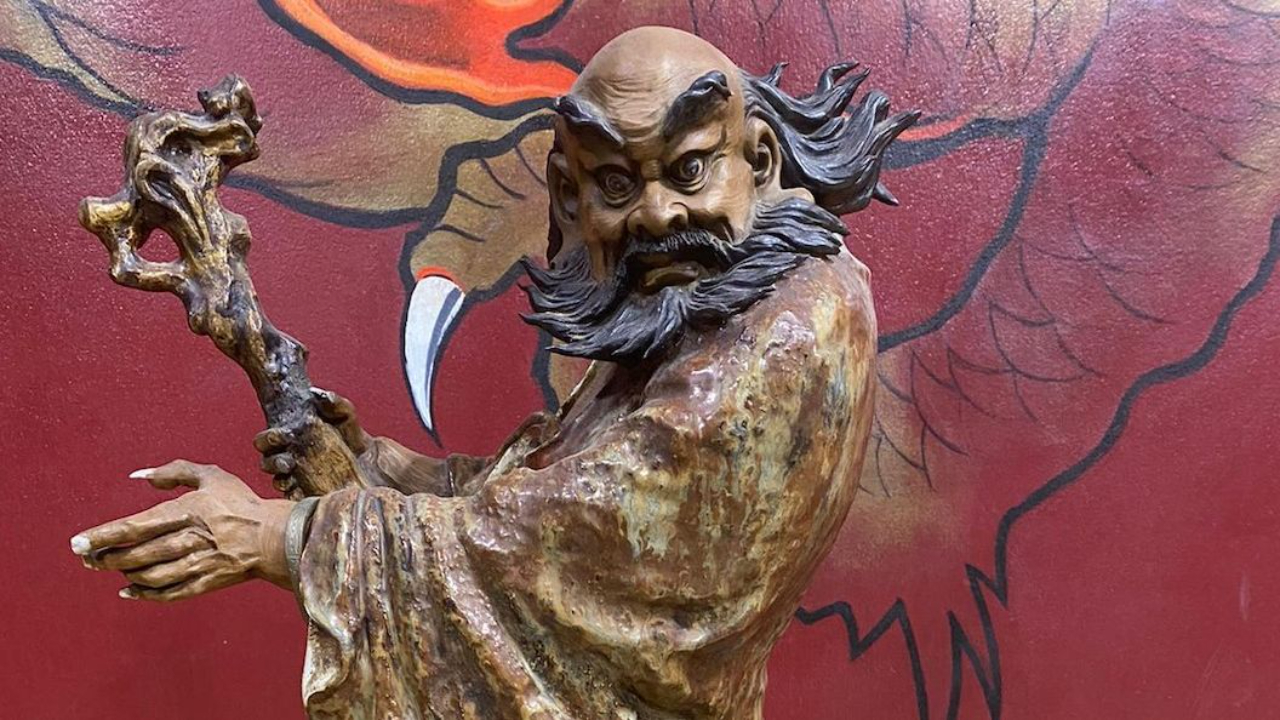Kung Fu History: Life Before Buddha and Alexander
Jul 29, 2023
Some people today believe that a single Buddhist monk is the father of Chinese martial arts and that Alexander the Great was the father of Indian martial arts. Nothing is further from the truth. Martial arts in India and China are both older than Buddhism.
Chinese martial art history is over 4000 years old. And that is only the written historical record. Chinese wrestling, (complete with "throws, hand and foot strikes, seizing joints, attacking vital parts and breaking joints in context of throwing") was originally called "Jiao Di." The name was later changed to "Jiao Li" after it became the state martial art circa 1122 BCE. This is before the existence of Buddhism, (Buddha's enlightenment circa 450 BCE). According to the record, Bodhidharma, the man some claim to be the father of Chinese martial arts, arrived in China circa 520 CE.
Alexander the Great's stay in India was short, 327-325 BCE. His campaign ended in India. Not long enough to influence the long history of Indian martial arts. The Hindu epic "Mahabharata" contains stories of epic battles with spectacular weapons and fighting styles. The epic was compiled in the form available today circa 400 BCE, yet, its origin stories probably occurred between the 8th and 9th century BCE. More ancient Hindu texts, like the "Upanishads" were composed beginning circa 800 BCE. All of the previously mentioned records of the existence of martial arts in India and China existed prior to the arrival of Alexander the Great and the development of Buddhism.
1. http://en.wikipedia.org/wiki/Shuai_jiao#cite_note-kuoshu-0
2. http://www.religionfacts.com/buddhism/timeline.htm
3. http://www.kuoshu.co.uk/History%20-%20SJ.htm
4. http://en.wikipedia.org/wiki/Mahabharata
Stay connected with news and updates!
Join our mailing list to receive the latest news and updates from our team.
Don't worry, your information will not be shared.
We hate SPAM. We will never sell your information, for any reason.

